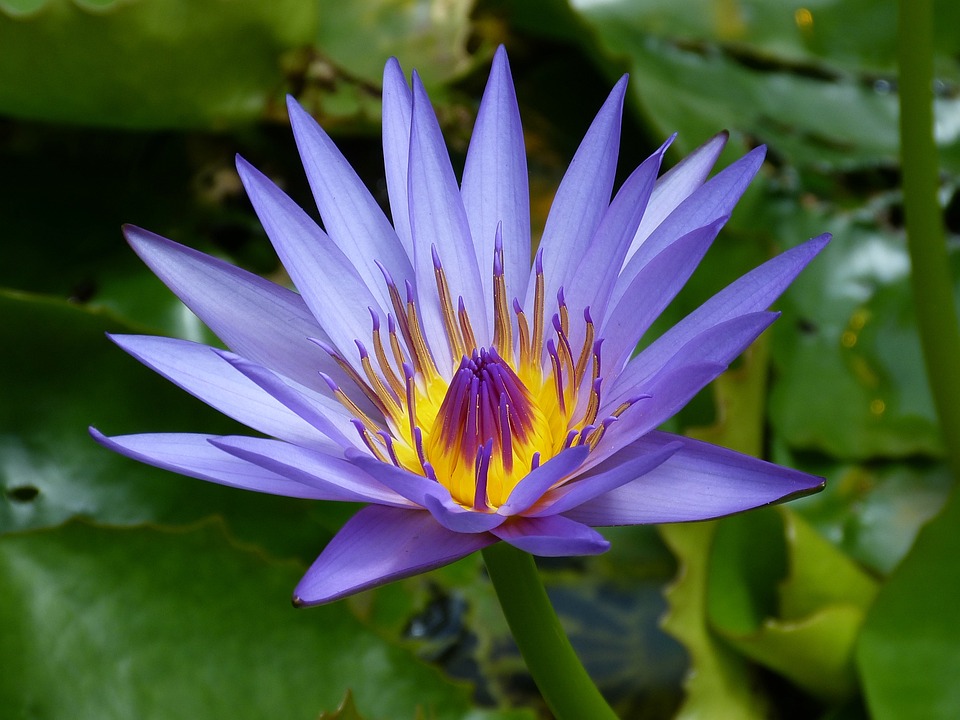Is there anything more satisfying than watching your garden flourish with lush greenery and vibrant blooms? For many of us, gardening is a beloved hobby that brings us joy and a sense of accomplishment. If you’re looking to expand your garden and grow your own plants from scratch, then propagating plants is the way to go.
Propagating plants is a cost-effective and rewarding way to increase the number of plants in your garden. It involves taking cuttings or divisions from existing plants and growing them into new plants. Not only does it allow you to create more plants for free, but it also helps to preserve and propagate rare or heirloom varieties.
Propagating plants may seem like a daunting task, especially for beginners, but with the right knowledge and techniques, anyone can do it successfully. So, let’s delve into everything you need to know about propagating plants for a thriving garden.
Types of Plant Propagation
There are several methods of propagating plants, each suited to different types of plants and varying in complexity. Here are some common methods of plant propagation:
1. Seed Propagation: This method involves growing plants from seeds. While it is the easiest and most common method of propagation, not all plants can be grown from seeds. Start by sowing the seeds in a seed-starting mix and provide the necessary conditions for germination, such as warmth, light, and moisture.
2. Stem Cuttings: Stem cuttings involve taking a piece of stem from a plant and rooting it to create a new plant. Select a healthy stem with several leaves, remove the lower leaves, and place the cutting in a rooting hormone to encourage root development. Keep the cutting in a warm, humid environment until roots form.
3. Leaf Cuttings: Some plants, such as succulents and certain houseplants, can be propagated from leaf cuttings. Simply remove a healthy leaf from the parent plant and place it in a potting mix or water until roots and a new plant form.
4. Division: Division is a method of propagating plants by dividing the root ball of a mature plant into smaller sections. This is commonly done with perennials and ornamental grasses. Simply dig up the plant, gently separate the clumps, and replant them in new locations.
5. Grafting: Grafting involves joining two different plant parts (the scion and the rootstock) to create a new plant. This method is commonly used for fruit trees to combine the desirable traits of different varieties.
Tips for Successful Plant Propagation
While plant propagation can be a fun and rewarding process, it requires patience, attention to detail, and the right conditions for success. Here are some tips to help you propagate plants successfully:
1. Choose Healthy Parent Plants: The key to successful plant propagation is starting with healthy parent plants. Look for plants that are disease-free, pest-free, and have vigorous growth.
2. Timing is Everything: Timing is crucial when propagating plants. Take cuttings or divisions in the spring or early summer when plants are actively growing and have the best chance of rooting.
3. Use the Right Tools: Having the right tools on hand will make the propagation process easier and more successful. Sharp pruners, rooting hormone, potting mix, and containers are essential for propagating plants.
4. Provide Optimal Conditions: Different plants have different requirements for rooting and growth. Research the specific needs of the plant you are propagating and provide the optimal conditions, such as light, temperature, humidity, and water.
5. Be Patient: Plant propagation is a slow process that requires patience. Not all cuttings will root successfully, so be prepared for some trial and error. Keep a positive attitude and learn from your mistakes.
Benefits of Propagating Plants
Propagating plants has numerous benefits for gardeners, both experienced and novice. Here are some reasons why you should consider propagating plants for a thriving garden:
1. Cost-Effective: Propagating plants is a cost-effective way to expand your garden without breaking the bank. Instead of buying new plants, you can create more plants from existing ones for free.
2. Preserve Rare Varieties: Propagating plants allows you to preserve and propagate rare or heirloom varieties that may be difficult to find in nurseries or garden centers.
3. Customization: By propagating plants, you have the opportunity to create a garden that is uniquely yours. You can propagate your favorite plants and experiment with different varieties to create a garden that reflects your personal style and taste.
4. Educational Experience: Plant propagation is a valuable learning experience that can help you develop your gardening skills and knowledge. It is a hands-on way to understand how plants grow and reproduce.
In conclusion, propagating plants is a fun and rewarding way to expand your garden and grow your own plants from scratch. Whether you’re a seasoned gardener or a novice, plant propagation is a valuable skill that can help you create a thriving garden filled with lush greenery and vibrant blooms. So, roll up your sleeves, gather your tools, and start propagating plants for a garden that will bring you joy and satisfaction for years to come.






